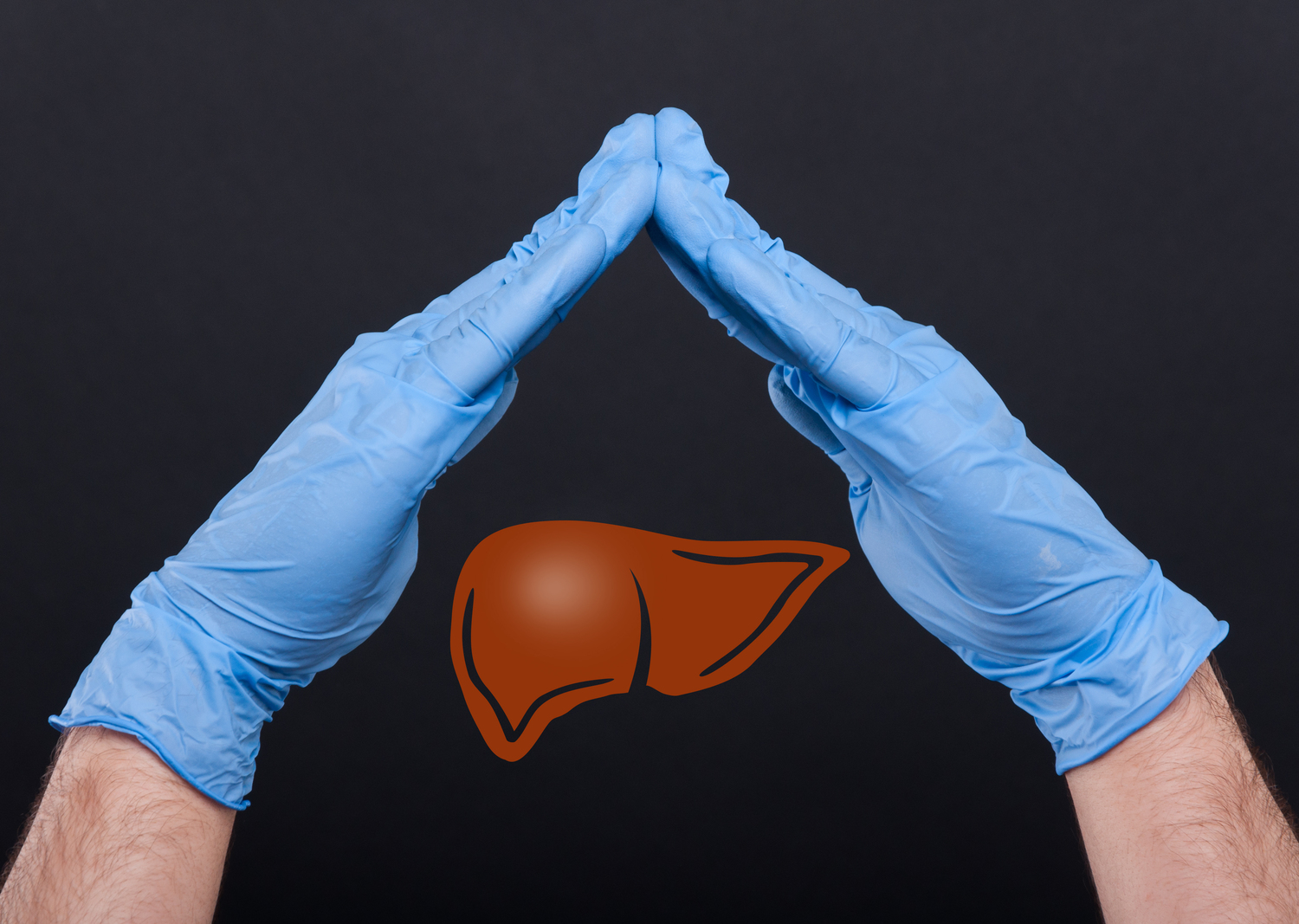
Things to Know About Liver Cancer Treatments
For patients with liver cancer, there will be teams of doctors working together to build their overall treatment plans. Such treatment plans will combine different types of procedures, and the team is, therefore, a multidisciplinary team. Such teams will have various healthcare professionals like physician assistants, social workers, oncology nurses, counselors, pharmacists, dieticians, among others.
Liver cancer treatments will not be the same for everyone. The recommendations and treatment options are controlled by factors like the extent to which cancer has already spread and how much of the patient’s liver is affected by it. The patient’s personal preferences and their overall health condition, are also important factors while opting for a liver cancer treatment option. The damage done to the liver by the cancerous cells should also be considered.
Different steps for liver cancer treatments can include the following:
1. Surgery
It is by far the most successful and effective disease-directed treatment method. Surgery works best for patients who have good liver functions, and with tumors that can be easily removed from a small portion of their livers.
It is not recommended if the tumor has already taken up a lot of the liver, or the organ is too damaged. Also, if the patient suffers from some other serious health problems, surgery should be avoided. It is also of no use if the tumor has spread beyond the liver.
Hepatectomy is one of the two types of surgical treatments for liver cancer. Here, a portion of the patient’s liver is removed and is only possible if the liver has been functioning optimally. The rest of the liver takes over this portion’s functions, and the liver can regrow back to its earlier size after a few weeks.
Liver transplantation is often done when the cancer has not moved beyond the liver. Since the number of donors is very less and the criteria to be met for a successful transplant are too stringent, this option is usually not feasible.
2. Radiofrequency Ablation (RFA)
Here, heat is used for destroying cancerous cells, and this heat may be given through laparoscopy or during an operation where the patient is sedated.
3. Percutaneous Ethanol Injection
In this treatment, ethanol is injected into the tumor directly to destroy it. This procedure may have side-effects like pain and fever. In case the alcohol breaks free from the liver, severe pain results.
4. Radiation Therapy
Here, high-energy X-rays are used for destroying cancer cells.
5. Stereotactic Body Radiation Therapy (SBRT)
This procedure covers various methods for delivering radiation to the tumor. It ensures that there is minimal radiation affecting healthy tissues. Lungs and stomach may experience side-effects of this treatment.
6. Chemotherapy
This liver cancer treatment method uses medicines for cancer cell destruction, so that these cannot grow further or multiply.
7. Freezing Cancer Cells
This treatment is called cryoablation. It uses extreme cold to destroy cancerous cells. A cryoprobe containing liquid nitrogen is used, and ultrasound images guide it to monitor the freezing.
8. Targeted Therapy
This is a treatment method that uses medicines to target specific genes, tissues, and proteins of cancer. It is meant for blocking growth or the spread of cancer cells. Targeted therapy restricts damages to healthy cells.
9. Immunotherapy
Also called biologic therapy, this is one of the new liver cancer treatments available. It is meant for boosting your body’s natural defense system to fight any cancer. Immunotherapy uses materials developed inside your body or in a laboratory for targeting and restoring the immune functions.



